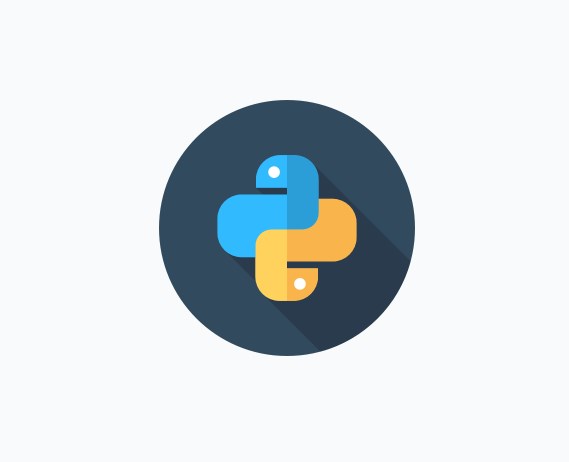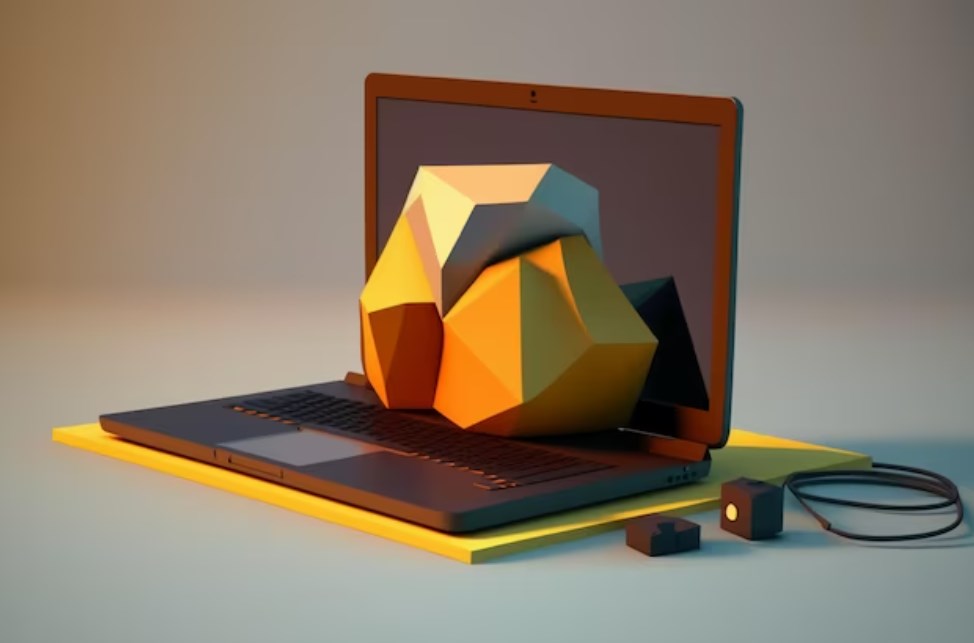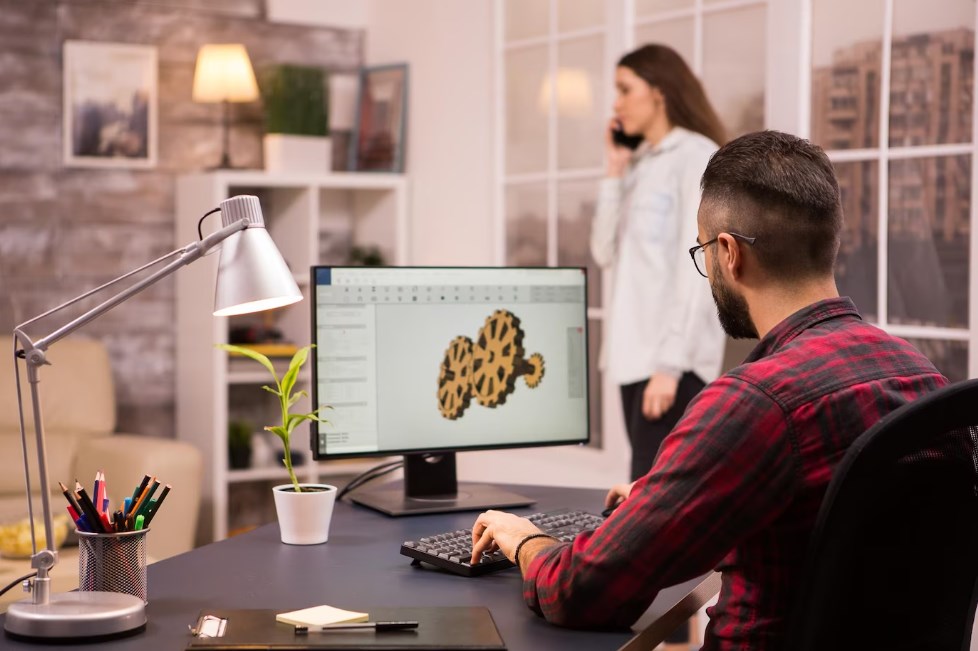Venture into the exciting domain of 3D design, an ever-expanding field offering infinite prospects for creative expression and pragmatic applications. This article takes a deep dive into the captivating sphere of three-dimensional design, revealing how Python – a versatile and potent coding language – can be harnessed to manifest your artistic vision and translate ideas into tangible form.
Whether you’re a budding artist, a game design enthusiast, or a mere inquisitor into the elaborate world of 3D constructs, this composition serves as your exhaustive roadmap to comprehend the complexities of Python-driven 3D design.
Delving Into the Core of 3D Design
Before stepping into the intricate landscape of three-dimensional design, it’s vital to grasp the basic principles anchoring this dynamic arena. In essence, 3D design is the practice of manifesting three-dimensional digital replicas of entities utilizing computer software. These digital constructs can vary from rudimentary geometric figures to elaborate characters, architectural masterpieces, and detailed terrains.
With 3D design, the creative possibilities are practically boundless. Artists and designers can manipulate multiple aspects like form, dimensions, texture, and more to breathe life into their concepts. Leveraging incredible precision and detail, they can mold digital entities that appear realistic and operate within a three-dimensional environment.
Defining 3D Design
Fundamentally, 3D design entails generating digital entities using specialized software. These entities aren’t just static illustrations; they possess attributes that dictate their interaction with light, movement, and even response to external forces. By meticulously shaping these attributes, artists and designers can achieve mesmerizing visual effects, rendering their imagination tangible.
Envision a realm where you can conceive and construct anything your mind conjures. With 3D design, that realm is a palpable reality. Be it a cutting-edge spaceship, a grand castle, or an imaginative creature, the only constraint is your creativity. This potential to mold digital entities with such precision has radically transformed the way we conceive and design.
Relevance of 3D Design in the Contemporary World
With technology’s relentless march, 3D design has carved a crucial niche across diverse sectors, spanning from entertainment and gaming to architecture, manufacturing, and healthcare. The capability to visualize and simulate realistic three-dimensional entities has reinvented the design and prototyping processes, allowing professionals to streamline their workflows, economize, and hasten innovation:
- In the entertainment sphere, 3D design is instrumental in crafting lifelike characters, breathtaking visual effects, and immersive landscapes. From animation films to video games, 3D constructs serve as the foundation that breathes life into these digital universes, enthralling viewers and stretching storytelling’s horizons;
- Within architecture and manufacturing, 3D design empowers designers and engineers to visualize and experiment with their concepts before they’re actualized. The ability to create intricate virtual prototypes enables professionals to pinpoint and rectify potential issues early, saving precious time and resources during the construction process. Furthermore, 3D design allows architects to present their designs in a more engaging and interactive way, assisting clients in better visualizing and understanding the final outcome;
- In healthcare, 3D design has revolutionized medical imaging. By transmuting medical scans into three-dimensional constructs, medical practitioners and surgeons can garner a more profound understanding of a patient’s condition, plan intricate surgeries with enhanced precision, and even design customized implants and prosthetics.
As technological advancement persists, the relevance of 3D design will only escalate. Its applications transcend the domains of art and design, permeating various sectors and redefining how we create, innovate, and communicate. Whether you’re an emerging artist, an aspiring architect, or a curious enthusiast, 3D design presents a universe of possibilities, ripe for exploration.
Initiating the Python Journey into 3D Modeling
Python, renowned for its versatility and user-friendliness, has ascended to the top spot as a favorite among 3D modeling enthusiasts. Its simplicity, coupled with its vast array of libraries, makes it an ideal candidate for this task. We shall delve into Python’s high regard within the sphere of 3D modeling, and guide you on setting up your environment to set sail on this captivating venture.

In the context of 3D modeling, Python brings to the table an array of libraries crafted specifically for this task. These libraries arm you with robust tools and functions that distill complex tasks, positioning Python as an accessible language for both novices and veteran programmers alike. With Python at your disposal, creating mesmerizing 3D models becomes a cakewalk, catering to hobbyists and professional artists equally.
One of the cardinal benefits of Python in the 3D modeling universe is its intuitive syntax. Python’s syntax, known for its simplicity and readability, lets you concentrate on the creative elements of 3D modeling, negating the need to get embroiled in technical intricacies. This makes it an excellent language for artists and designers looking to manifest their ideas into 3D models.
Python’s Allure for 3D Modeling
Python’s portfolio of libraries custom-made for 3D modeling and its accessible syntax sets it apart as a preferred choice for 3D modeling. The libraries equip you with potent tools and functions, unraveling complex tasks and making Python an accessible language for both neophytes and seasoned coders:
- Blender: One of Python’s most popular libraries for 3D modeling, Blender, a free and open-source 3D creation suite, lets you create professional-grade 3D models, animations, and visual effects. Its Python scripting capabilities add a robust and flexible platform for creating complex 3D scenes and animations;
- Pygame: Another Python library of note for 3D modeling is Pygame, a collection of Python modules meant for crafting video games. Though primarily oriented towards game development, Pygame also finds use in developing interactive 3D models and simulations, making user input, physics simulations, and real-time rendering seamless in your 3D models.
Creating Your Python Environment for 3D Modeling
Before you dive headlong into Python’s world of 3D modeling, it’s imperative to set up your development environment. Start by installing Python, followed by a suitable Integrated Development Environment (IDE), like PyCharm or Jupyter Notebook. Once set, you can begin to explore Python’s vast selection of libraries earmarked for 3D modeling.
Python libraries worthy of note for 3D modeling include:
- Pyglet: This is a cross-platform windowing and multimedia library that offers an intuitive API for creating interactive 3D applications. With Pyglet, handling windowing, user input, and multimedia playback becomes a breeze, making it an excellent choice for creating interactive 3D models and simulations;
- Panda3D: This is a powerful 3D engine for Python that lets you create high-quality 3D graphics and simulations. With its comprehensive feature-set, Panda3D finds wide usage in the gaming and animation industry. Whether you’re looking to create a realistic 3D environment or a virtual reality experience, Panda3D arms you with the tools to realize your vision.
With the necessary libraries installed, you can experiment with various techniques and algorithms for 3D modeling. Python’s rich ecosystem provides plenty of resources to explore, whether you’re interested in procedural modeling, mesh manipulation, or animation.
Python’s versatility and potency make it a preferred language for 3D modeling. Its comprehensive libraries and intuitive syntax simplify the creation of stunning 3D models and animations. By setting up your Python environment and exploring the available libraries, you’re all set to embark on a thrilling journey into the world of 3D modeling, where you can truly let your creativity run wild.
Digging Deeper into Python Libraries for 3D Modeling
The extensive library ecosystem of Python plays a significant role in the realm of 3D modeling, bringing to the table numerous choices that fit various needs. In this section, we will focus on understanding Pygame, Pyglet, and Panda3D and their usefulness in 3D modeling.
Glance at Python Libraries:
- Pygame: Known for its use in game development, Pygame provides a strong toolset for creating interactive 3D environments. It provides functionalities for rendering graphics, managing user input, and physics simulation, making it an apt choice for beginners;
- Pyglet: Renowned for its simplicity and user-friendliness, Pyglet aims at creating visually attractive and performance-centric applications. It seamlessly integrates with OpenGL, a widely-used graphics library, enabling swift prototyping and efficient rendering of intricate 3D scenes;
- Panda3D: Specifically designed to create immersive 3D experiences, Panda3D has an exhaustive set of features catering to advanced users. Its abilities extend beyond 3D modeling to include AI, physics simulations, and networking, making it a versatile tool for ambitious projects.
In-depth Exploration of Pygame, Pyglet, and Panda3D
Pygame, Pyglet, and Panda3D are a few among the countless libraries available in Python’s ecosystem. While each serves different purposes, they all provide invaluable resources for aspiring 3D modelers, irrespective of their expertise level.

It is recommended to delve deeper into these libraries to identify the one best suited to your specific requirements and artistic vision.
Creating Your First 3D Model with Python
Equipped with the basics and a ready Python environment, it’s now time to dive into the exhilarating journey of creating your first 3D model. This section will provide a guide, detailing common challenges and offering solutions to navigate them.
Guide to Crafting a 3D Model
Creating a 3D model involves numerous steps, each demanding careful attention to detail and creativity. Begin by defining the scope and purpose of your model. Consider its shape, texture, and any additional features you wish to incorporate.
With a clear concept, start sculpting your model using Python’s libraries, playing around with different tools, artistic techniques, and 3D primitives to realize your vision.
Navigating Common Challenges
In the process of creating your first 3D model, you may face challenges testing your problem-solving skills. Managing complex geometries, optimizing performance, and ensuring smooth user interaction are some common hurdles. To tackle these, consider tapping into the vast online resources available like documentation, forums, and tutorials.
Don’t hesitate to experiment and iterate, as mastery is achieved through persistence and exploration.
Exploring Advanced Techniques in 3D Modeling with Python
Having gained a solid foundation, it’s now time to level up your skills and delve into advanced techniques in 3D modeling with Python. In this section, we will explore texturing and lighting and learn how to animate your models to breathe life into them.
Texturing and Lighting in 3D Models
Texturing and lighting are essential in creating visually striking and realistic 3D models. Texturing applies detailed images onto your models’ surface, enhancing their visual appeal, texture, and depth. Lighting manipulates how light interacts with your models, affecting their appearance and setting the desired mood.
Python’s libraries offer a myriad of options and techniques for achieving stunning visual effects through texturing and lighting.
Animating Your 3D Models
Animation adds life to your 3D models, turning them from static objects into dynamic creations capable of storytelling and engaging audiences. Python’s libraries provide powerful tools for animating your models, allowing you to create complex movements, simulate physics, and bring characters to life.
By mastering animation in 3D modeling, you can elevate your creations, unlocking limitless possibilities for storytelling and interactive experiences.
| Key Takeaways | Details |
|---|---|
| Preferred Language for 3D Modeling | Python is versatile and user-friendly, making it a preferred choice for 3D modeling. |
| Python Libraries for 3D Modeling | Python offers a wide range of libraries, including Blender, Pygame, Pyglet, and Panda3D, which simplify the process of creating 3D models. |
| Setting Up the Python Environment | Install Python and an appropriate IDE (like PyCharm or Jupyter Notebook) and explore various libraries for 3D modeling. |
| First 3D Model | Start by defining the scope and purpose of your model, consider its shape, texture, and additional features, then start sculpting your model using Python’s libraries. |
| Common Challenges | Handling complex geometries, optimizing performance, and ensuring user interaction can be challenging. Use online resources and experiment to overcome these challenges. |
| Advanced Techniques | Enhance your models with texturing and lighting and bring them to life through animation. |
Final Thoughts
As you continue your exploration of 3D modeling with Python, remember that learning is an adventure. Embrace the challenges, experiment, and let your imagination fly. Python’s vast library ecosystem coupled with your creative vision ensures no limits in the 3D modeling universe. Let the digital canvas be your playground as you undertake this exciting journey.
